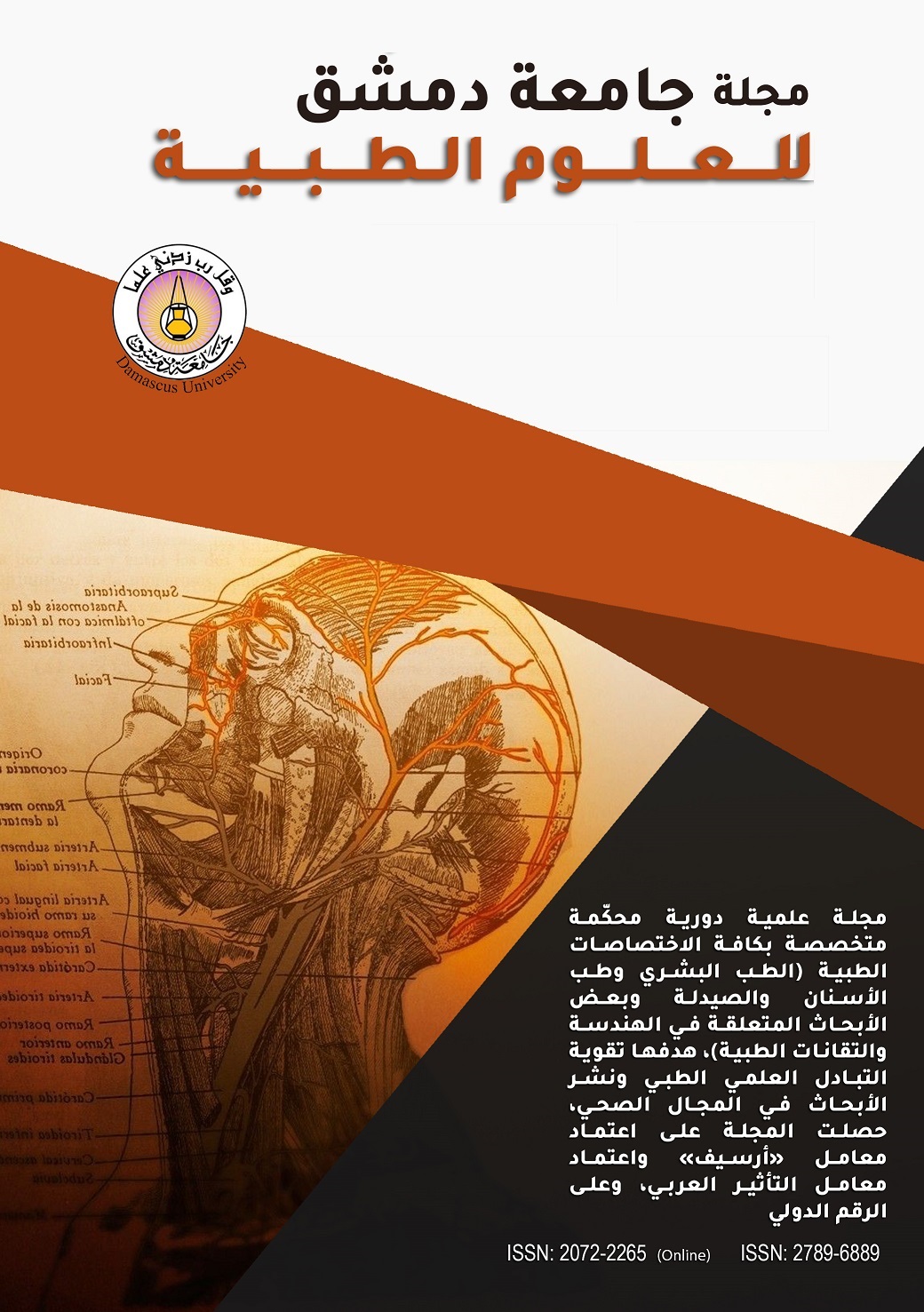The role of autologous fat transfer in defect reconstruction after superfacial parotidectomy for Pleomorphic Adenoma
Keywords:
Autologous fat transfer, Parotidectomy, `, Fat transfer complicationsAbstract
Background & Objective: Autologous fat transfer is an easy technique, widely used in cosmetic surgery to reconstruct defects caused by various excisional surgeries, and an alternative technique to commercial filling substances. Parotidectomy is a common procedure in clinical practice, and the procedure causes frequently tissue defect in the operating field leading to facial asymmetry. The aim of this study is to evalute the results of autologous fat transfer to parotid area (after parotidectomy) in improving the aesthetic aspects in addition to study any complications would be caused by this procedure.
Materials & Methods: Clinical trial study of the patients who underwent superficial parotidectomy due to benign mixed tumor, which underwent to transfer autologous fat harvested from abdomen ( after 6 months of surgery at least) to resected parotid aerea in the aim of reconstruct the defect caused after surgery.Ultra sound is used to evaluation the thickness of the donor and recipient site immediately before fat transfer and then after 3 months, then we calculate the percentage of tissue gain compared to the contralateral healthy side, and it is scaled in 4 grade, in addition to monitor any complication at the donor and recipient site.
Results:the study included 13 patients :9 males (69%) and 4 females (31%),the mean age was 52.6 y(39-71 y) ,the procedure had done at right side in 8 cases and at left side in 5 cases.Mean percentage of tissue thickness gain compared to the healthy side was 48%(36-64%) after 3 months.There is no complication at the donor site (from abdomen).Recipient site complications occur in 1 patient (7.7%) consisting of seroma and it responded to conservative management.
Conclusions: Autologous fat transfer for reconstruction tissue defect after parotidectomy is a safe , easy, inexpensive and effective procedure with very little complications at the donor and recipient site and it may be a good alternative technique to commercial fillers substances. Due to not achieved a complete or near complete symmetry at the face, we recommend to repeat the procedure after 3-6 months to reach the best outcome that lead to satisfaction to the patient about his face symmetry in these cases.

